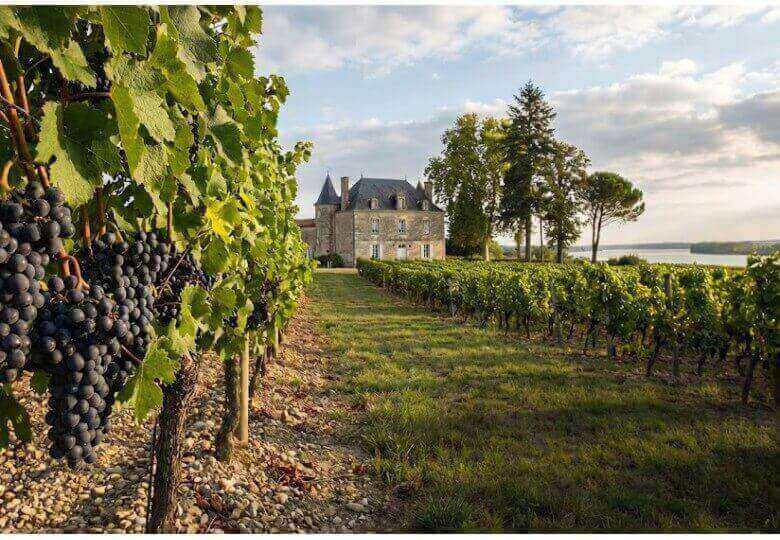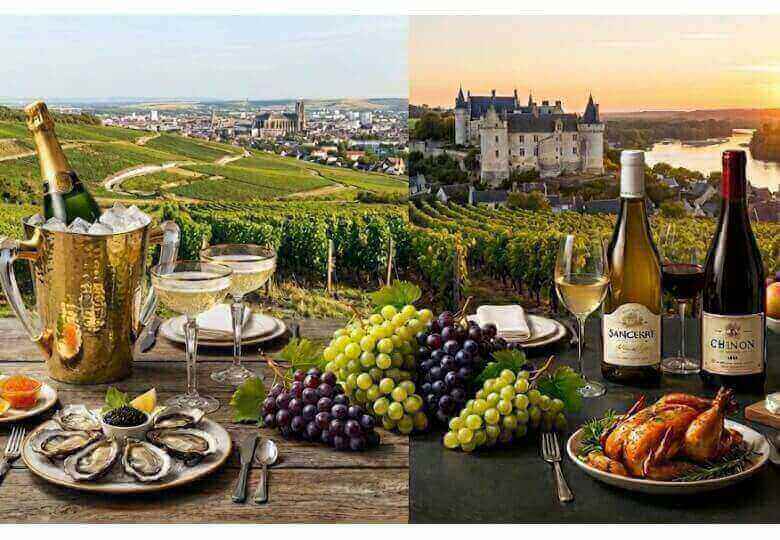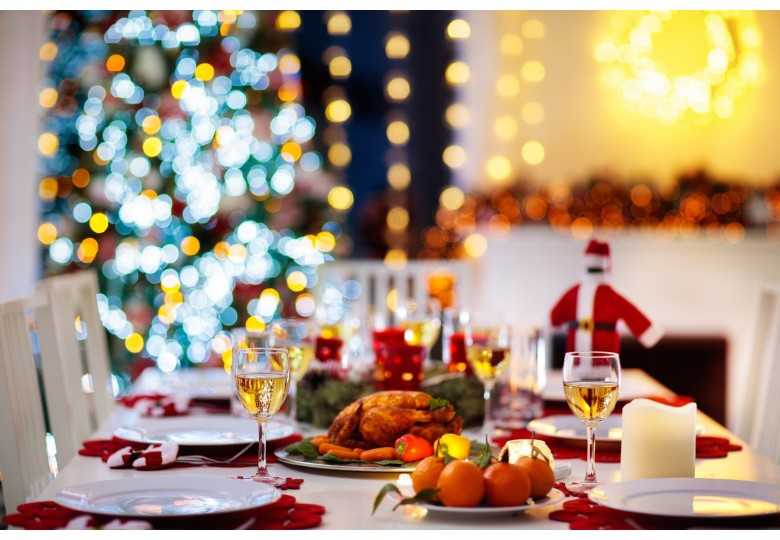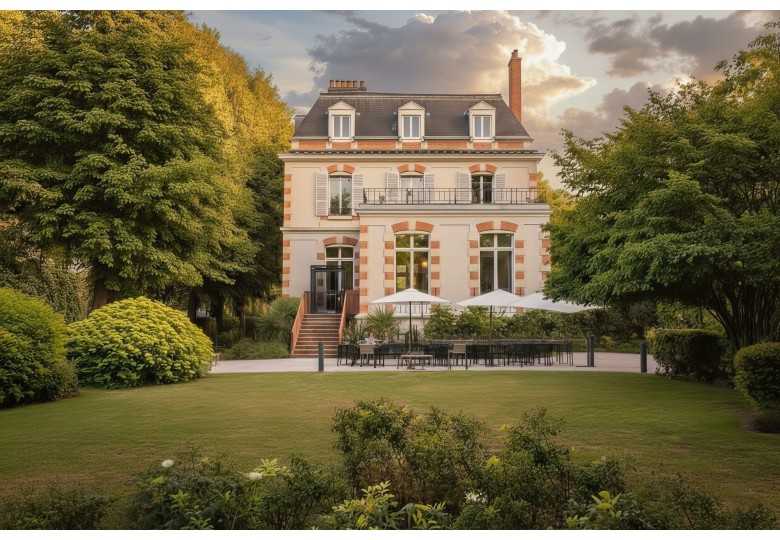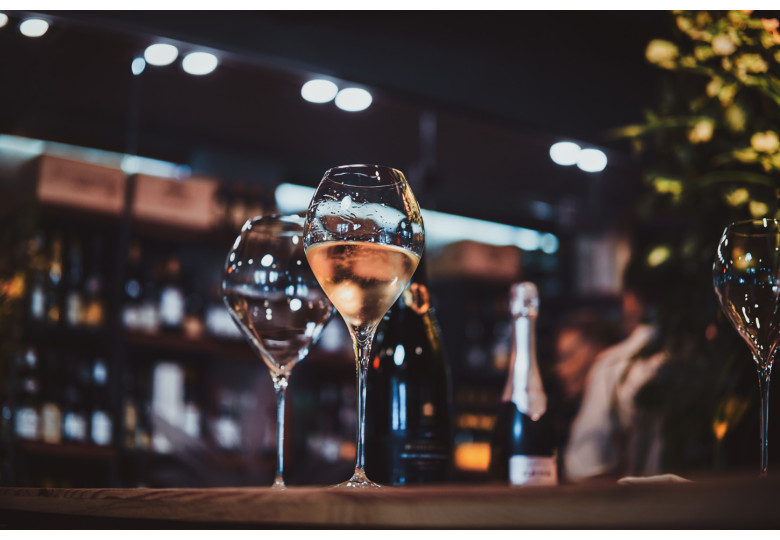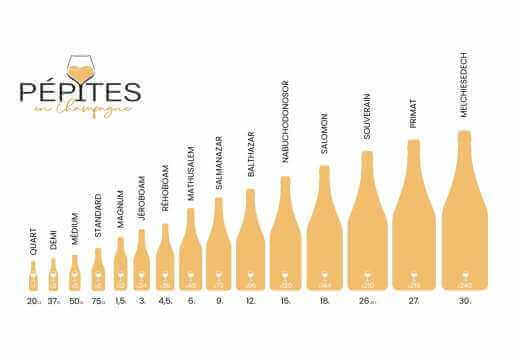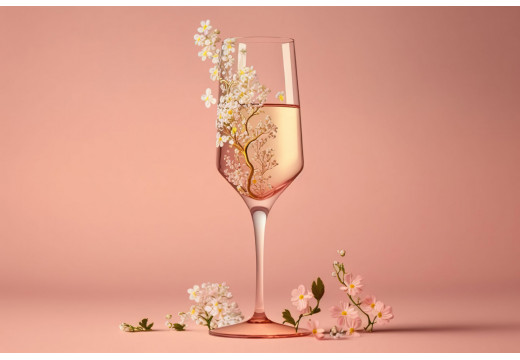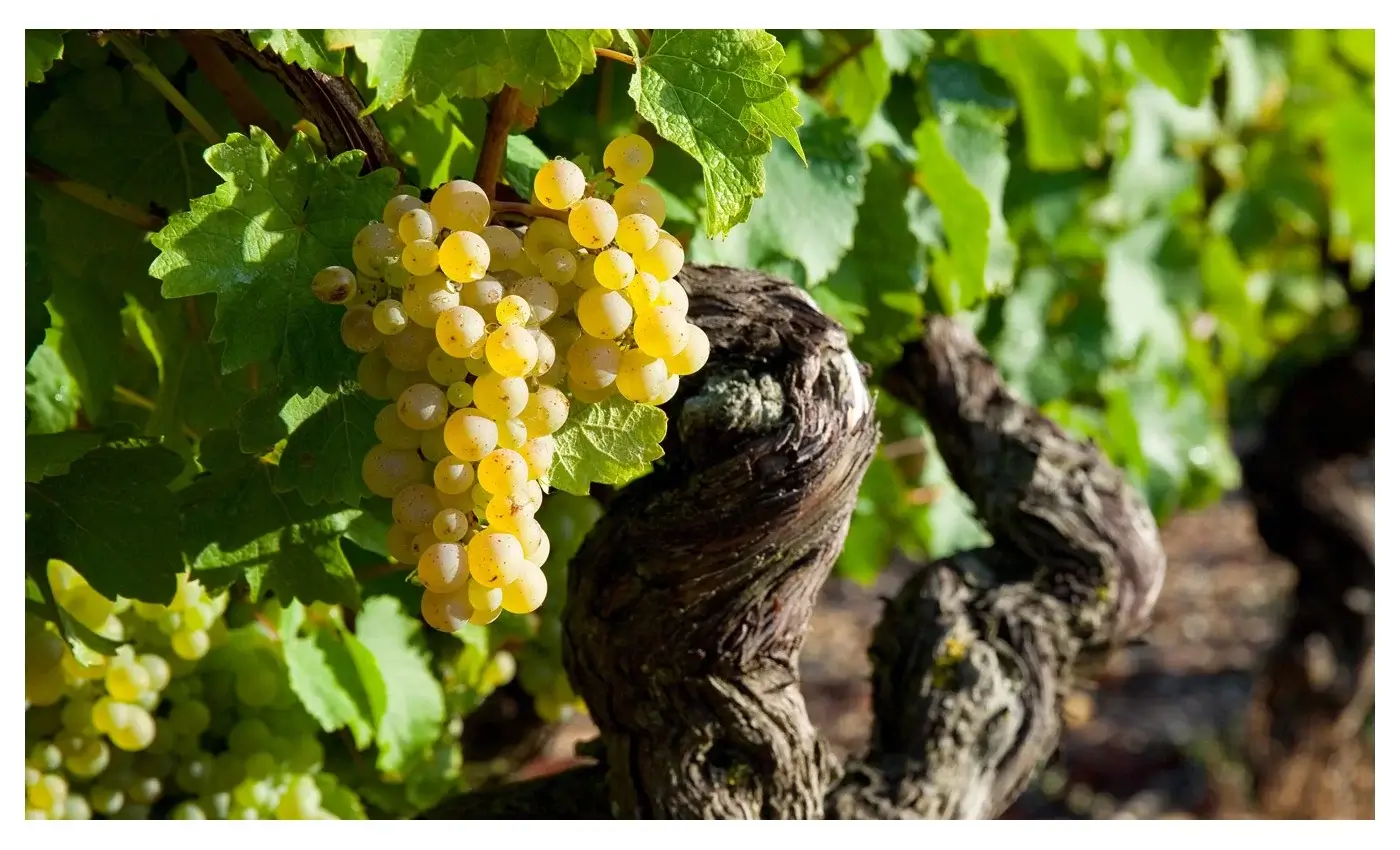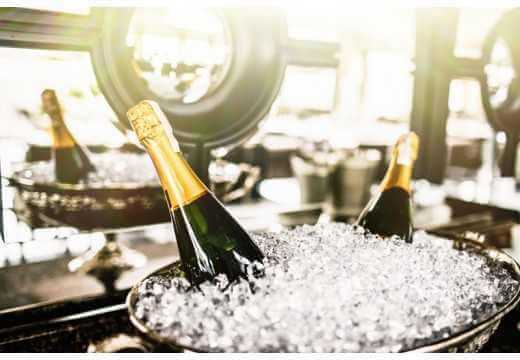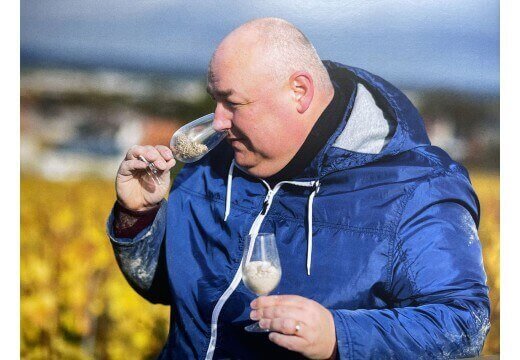Avenay, Bergères-les-Vertus, Bezannes, Billy le Grand, Bisseuil, Chamery, Champillon, Chigny les Roses, Cormontreuil, Coulommes la Montagne, Cuis, Cumières, Dizy, Écueil, Grauves, Hautvillers, Jouy les Reims, Les Mesneus, Ludes, Mareuil sur Aÿ, Montbré, Mutigny, Pargny les Reims, Pierry, Rilly la Montagne, Sacy, Sermiers, Taissy, Tauxières, Trépail, Trois Puits, Vaudemanges, Vertus, Ville-dommange, Villeneuve Renneville, Villers Allerand, Villers aux Noeuds, Villers-Marmery, Voipreux, Vrigny.
For Pinot Noir only: Chouilly For Chardonnay only: Etrechy, Coligny, Tours-sur-Marne.


